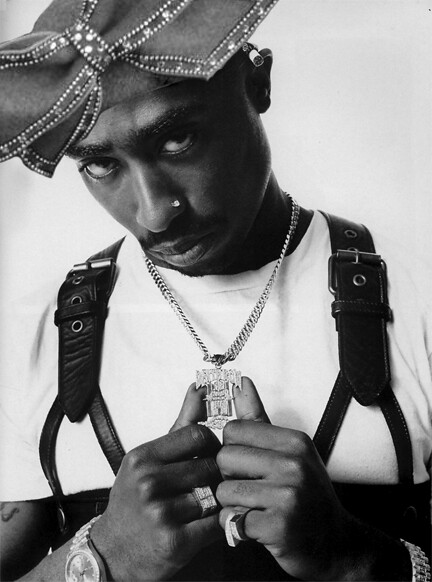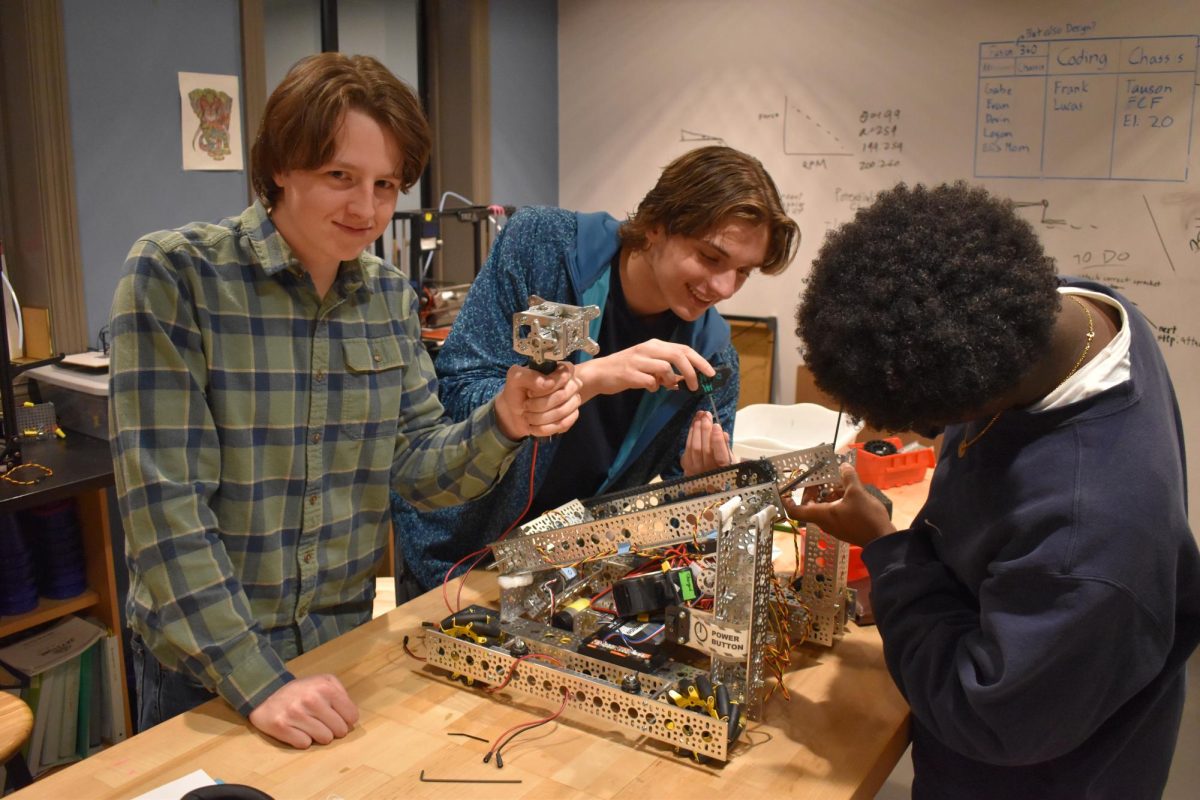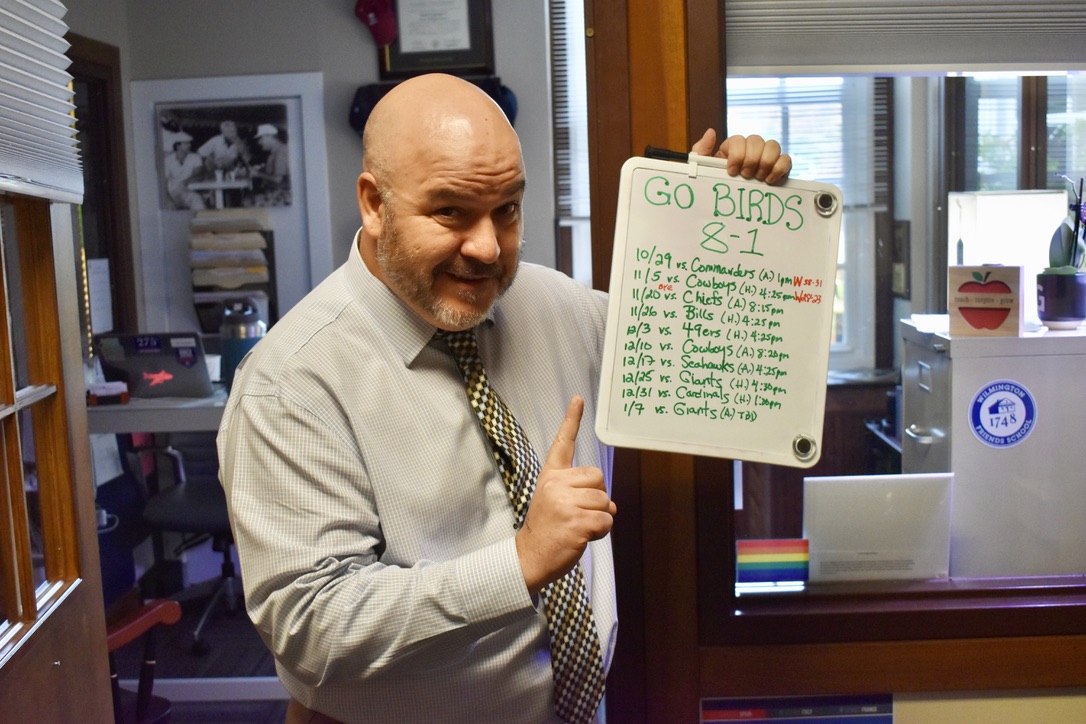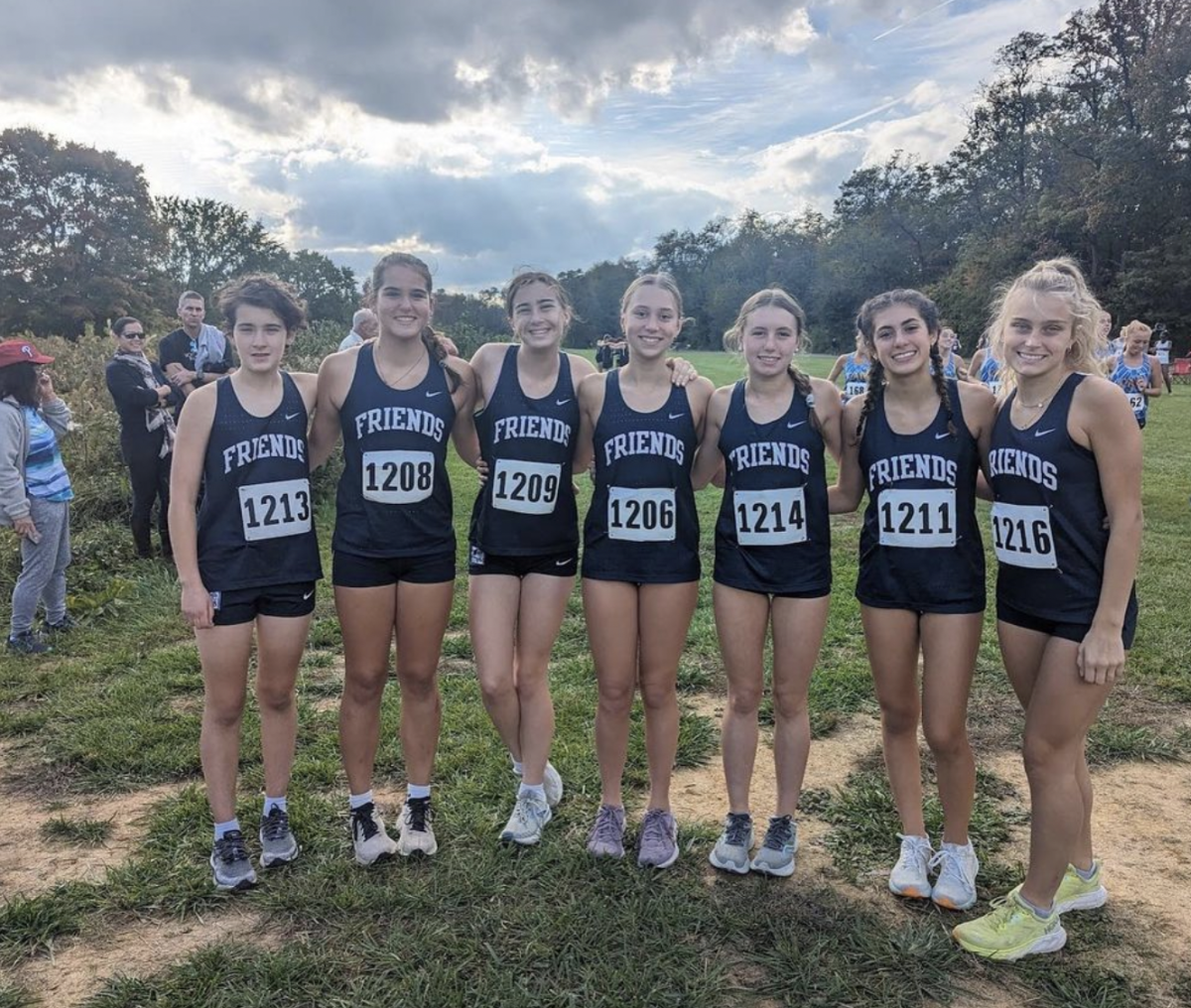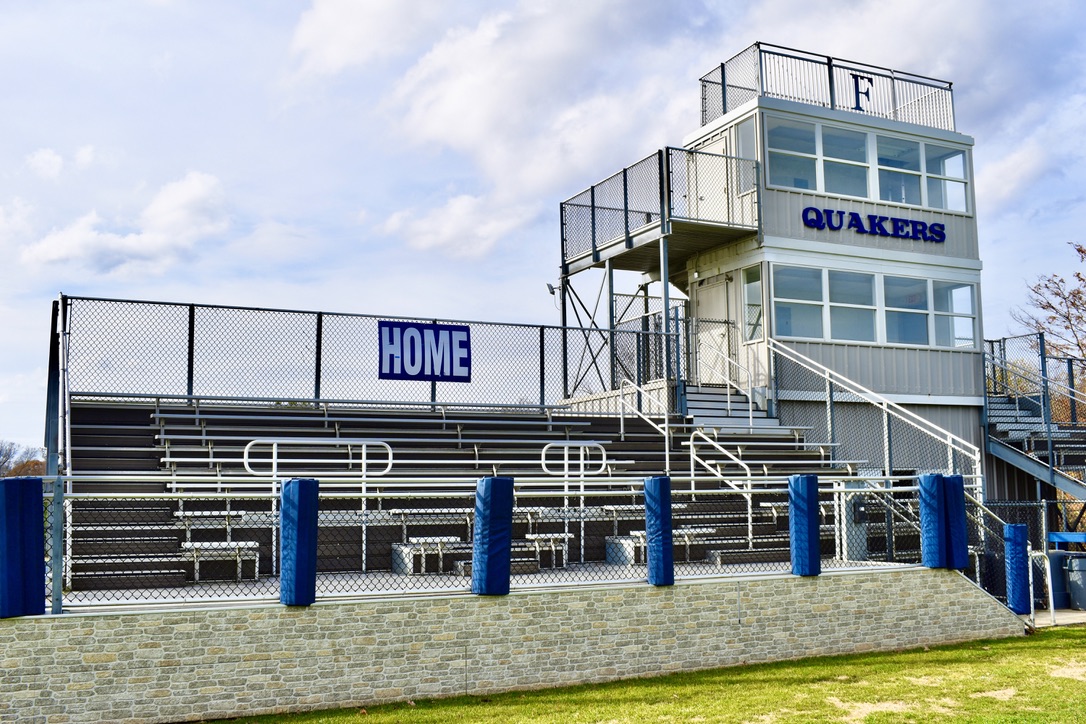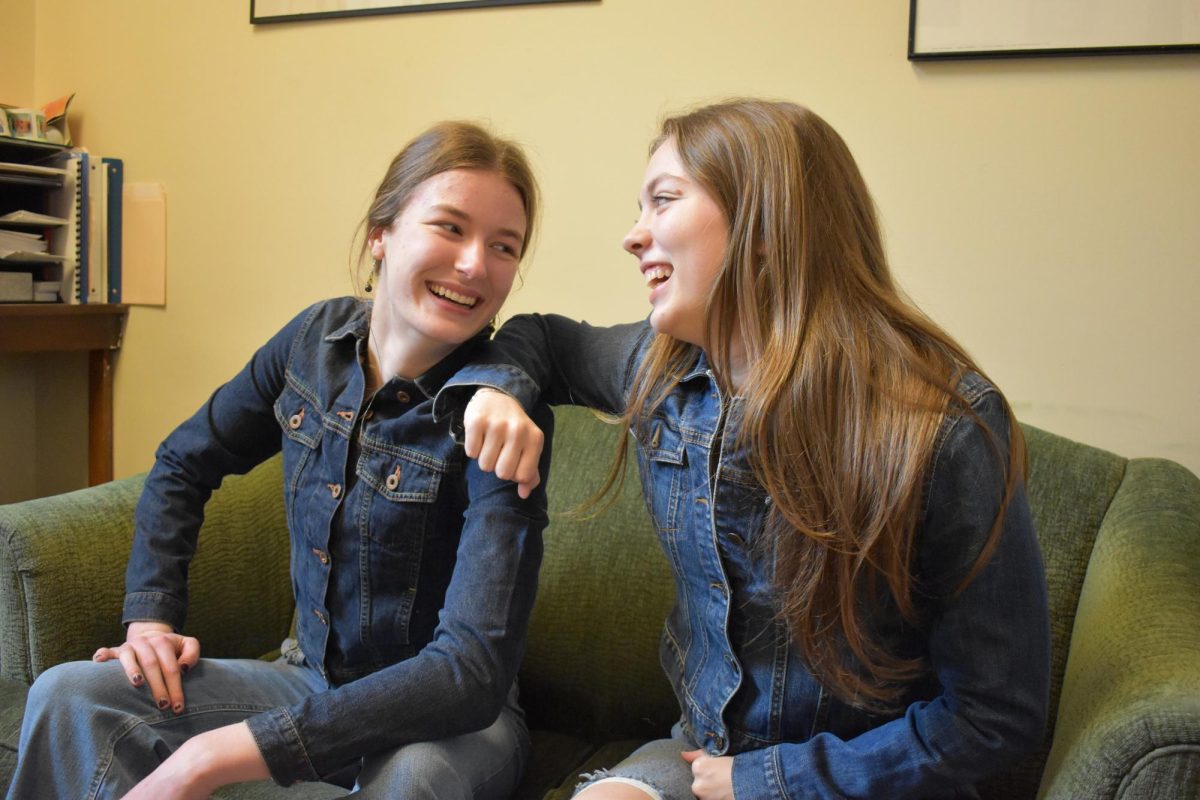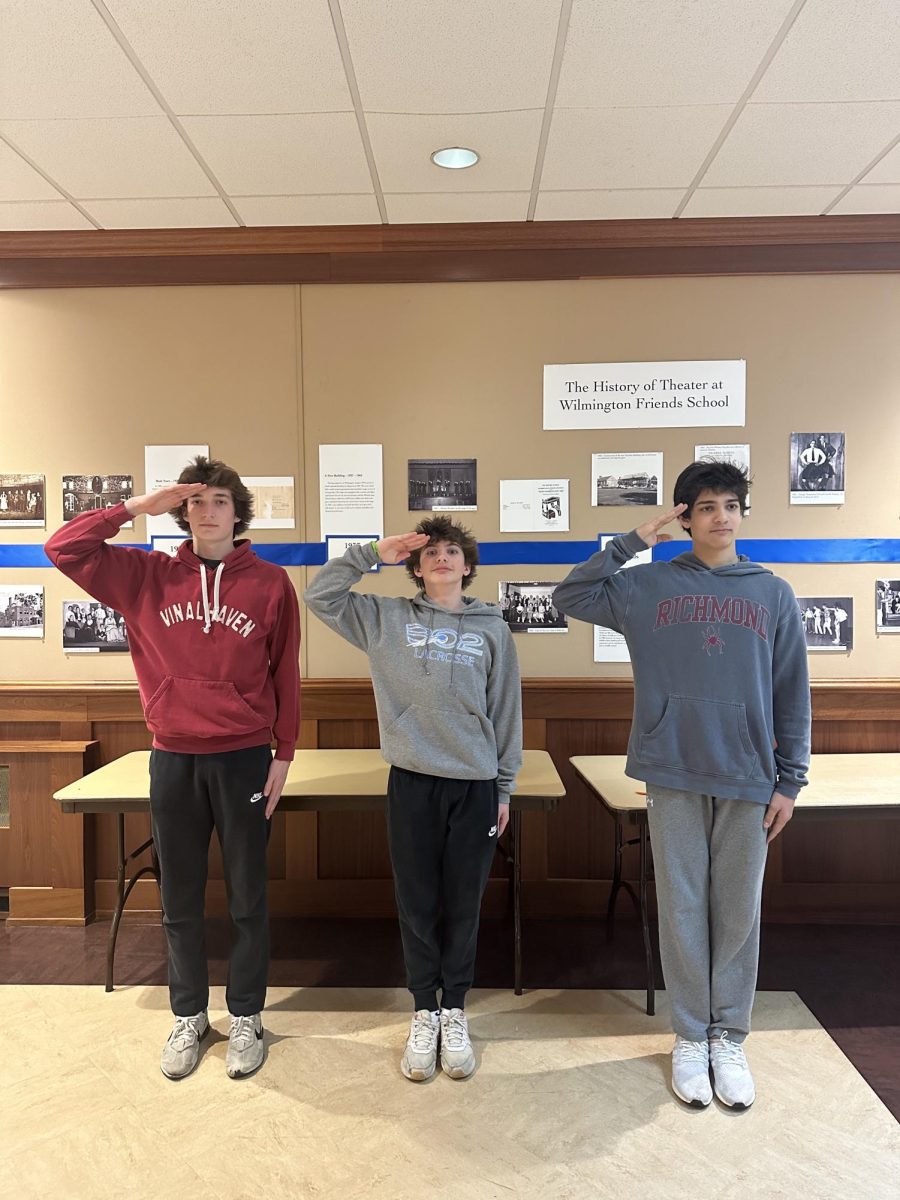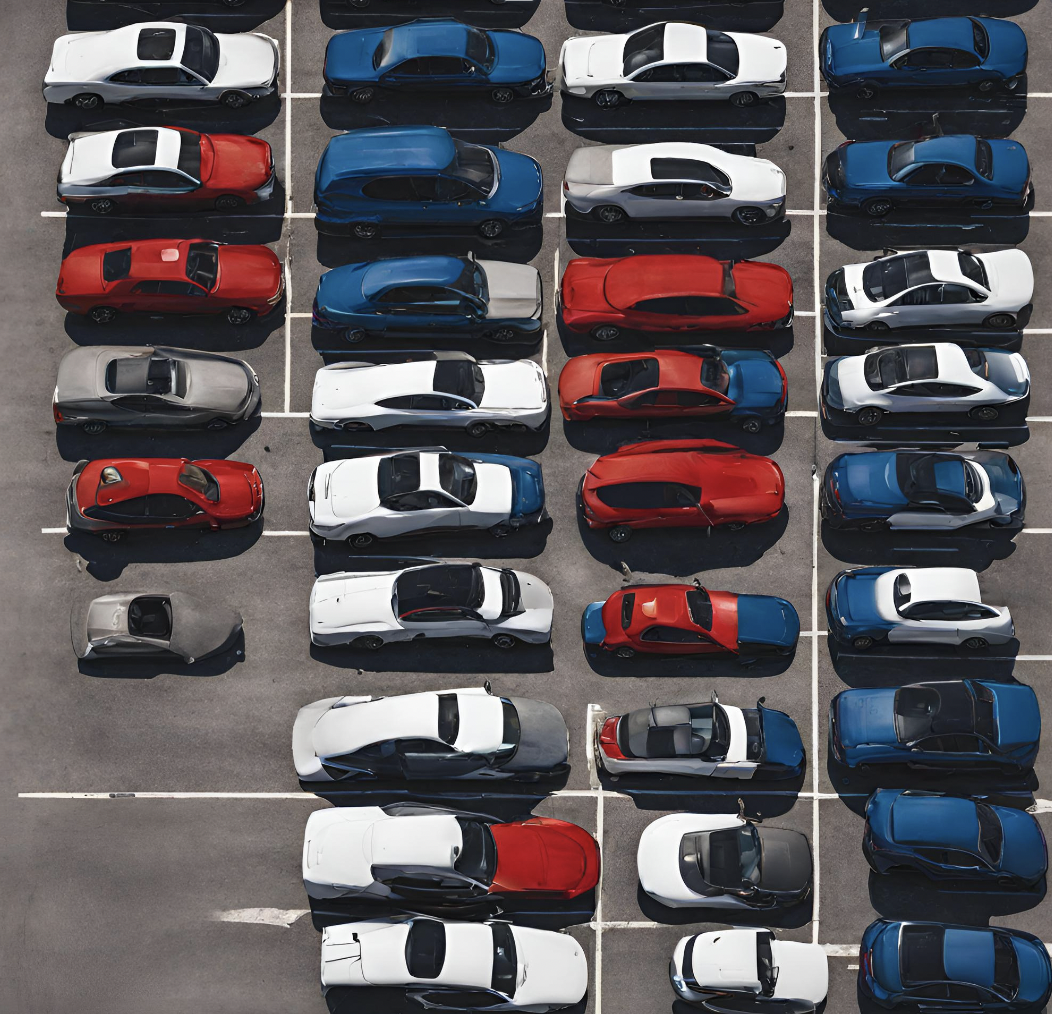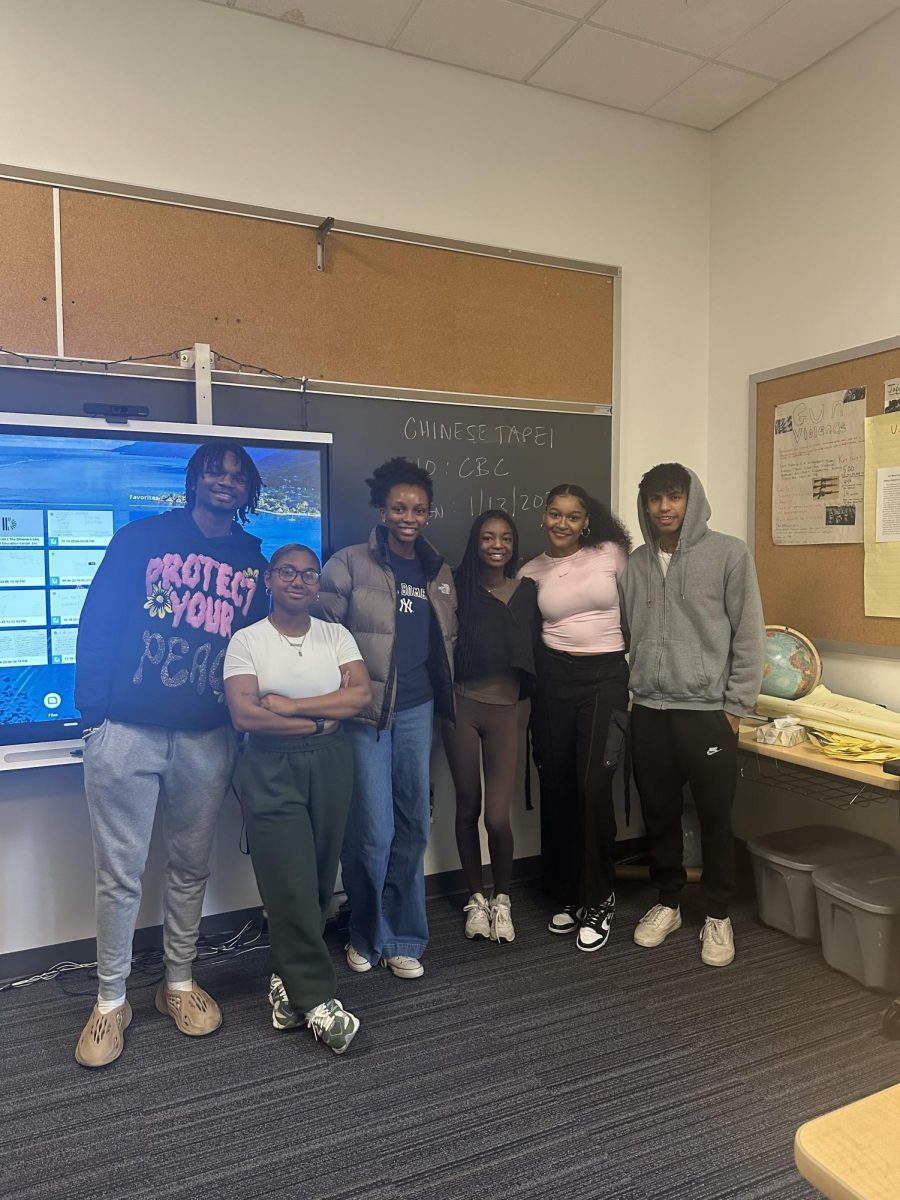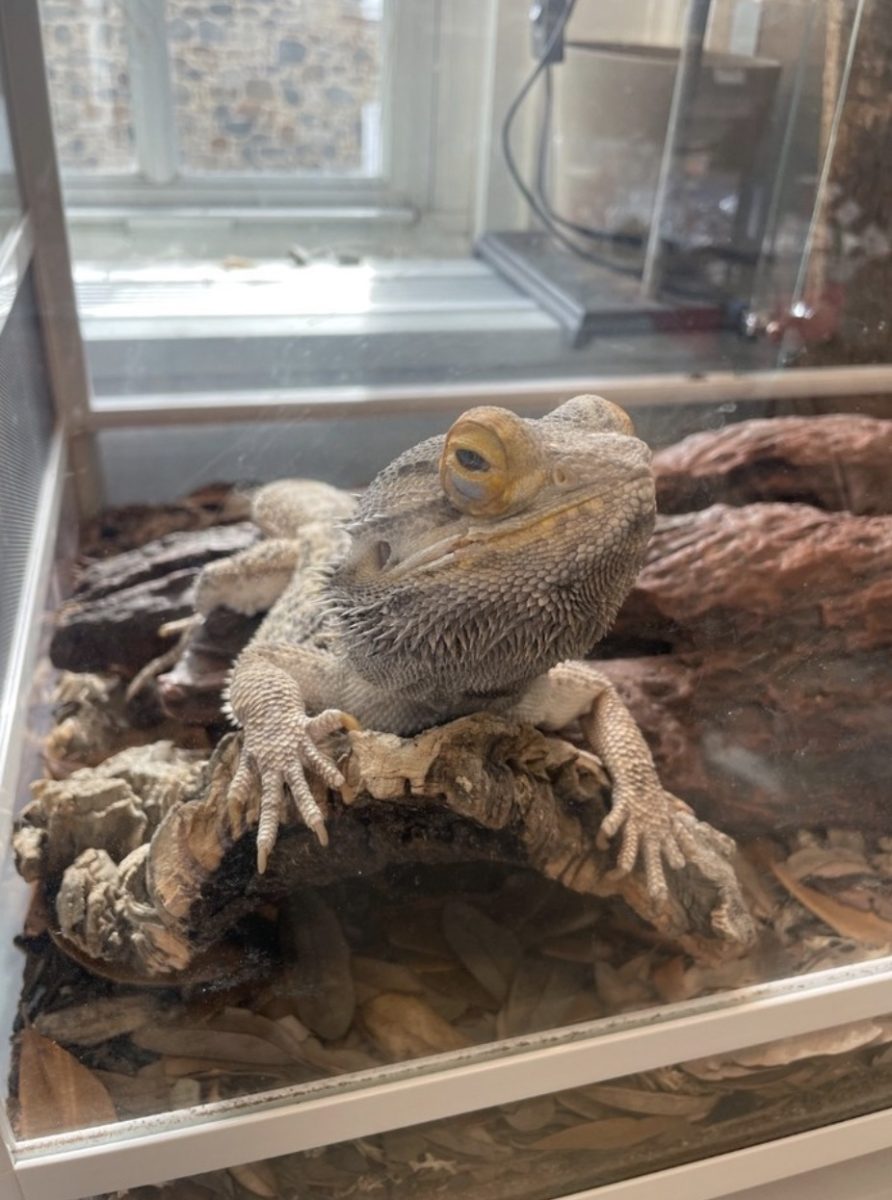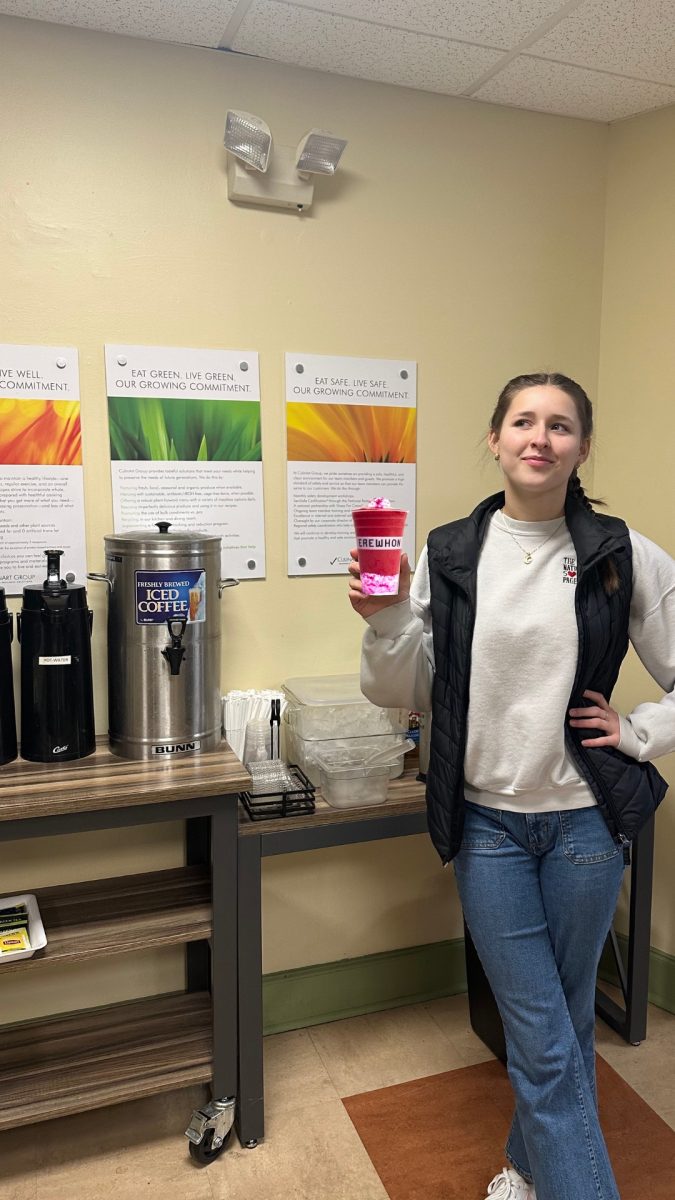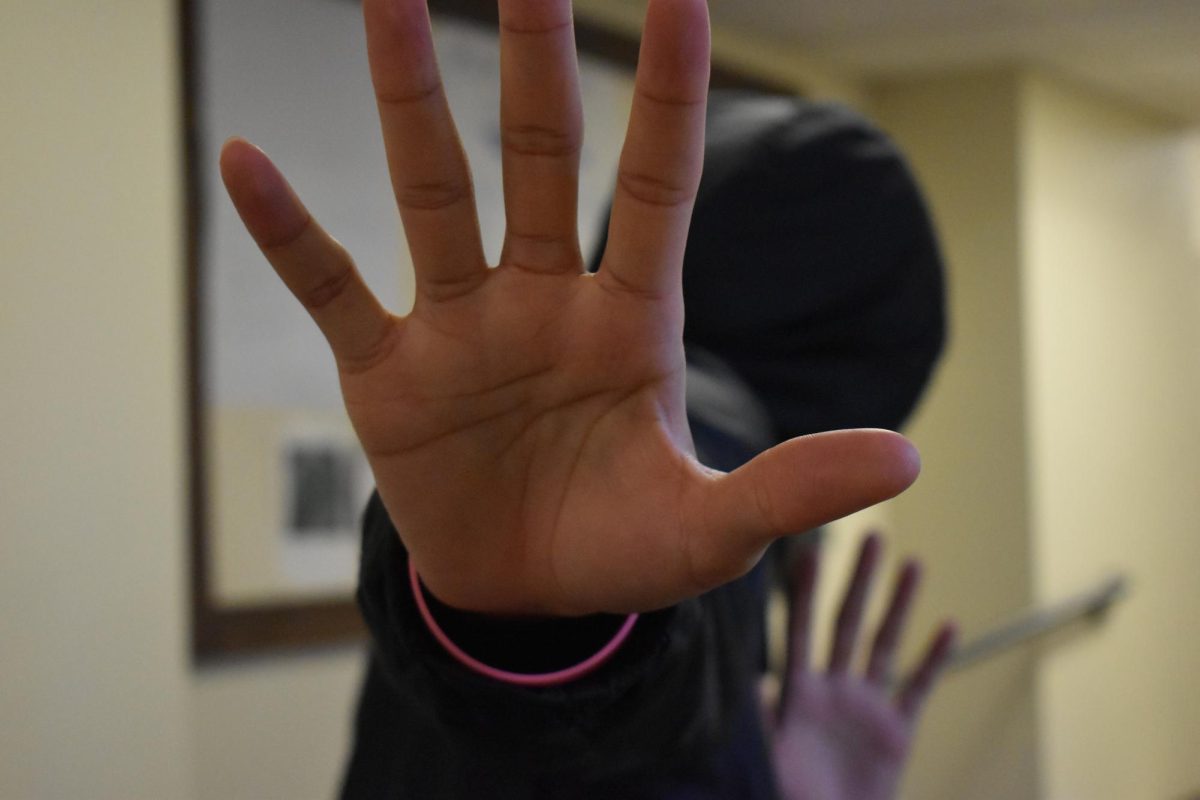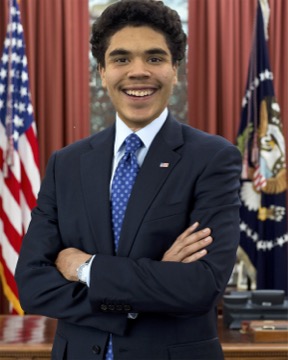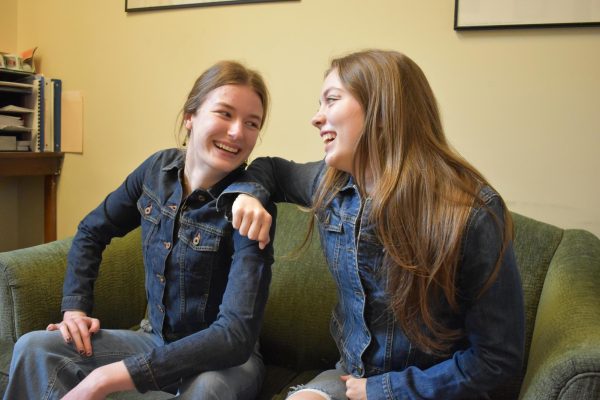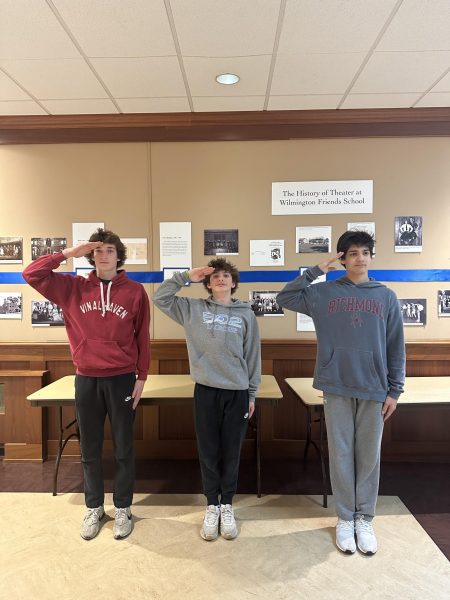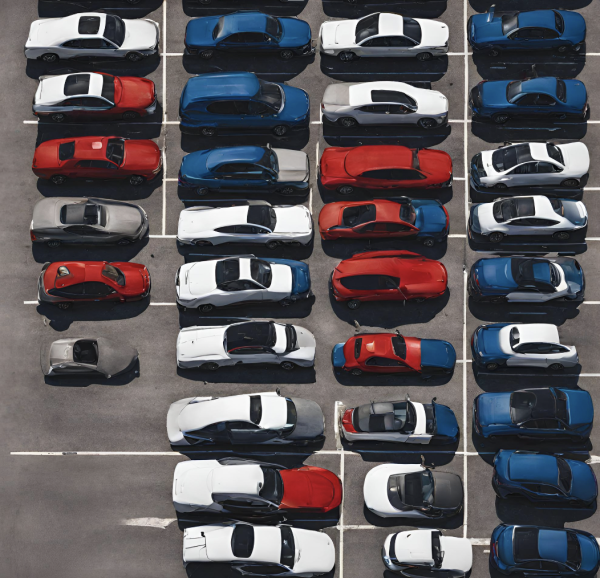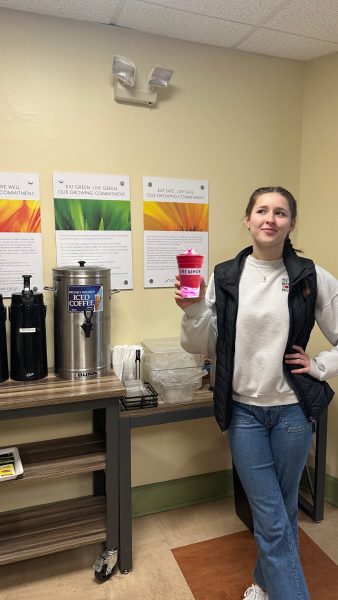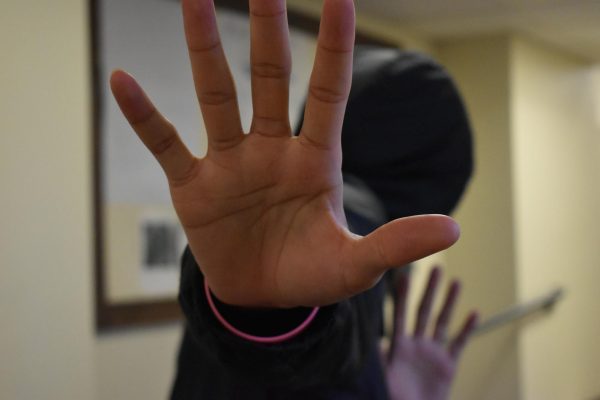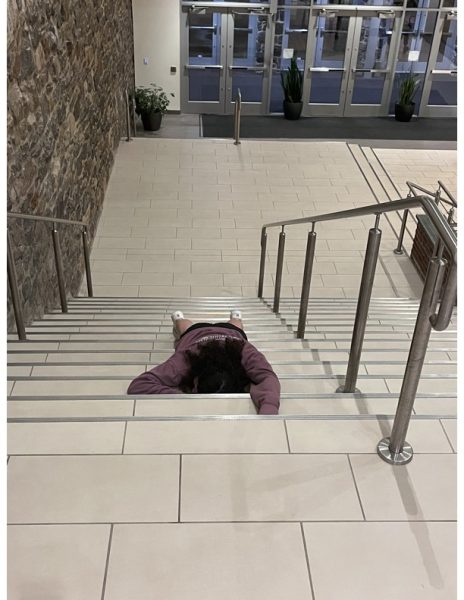Eating Disorders and Social Media
May 2, 2022
In the world there are estimated to be over 28 million people at risk of an eating disorder. That is about nine percent of the world’s population. Eating disorders are one of the leading causes of death, and about 10,200 people die from them each year. Anyone could have an eating disorder, but 95% of eating disorders occur during teenage years. Unfortunately, 26% of affected individuals try to end their lives. Eating disorders are the second most dangerous mental illness. “I’m still trying to find happiness. It’s a struggle,”says Griffin Henry, an eating disorder survivor. More than 100 million people have developed an eating disorder by age 20. People worldwide are struggling, and we are beginning to see how social media can affect an eating disorder and how it can help eating disorders.
What is an eating disorder? It is a really sensitive topic. There are three main types of eating disorders: anorexia nervosa, bulimia nervosa, and binge-eating disorder. These are very serious mental illnesses and it takes many years to recover. Some never do. The most common eating disorder is Binge-eating disorder. Eight percent of adult Americans have binge eating disorder. Binge eating disorder can be attributed to habitually restricting the body of certain food groups. This restriction can only be maintained for so long, and after a point an individual with binge eating disorder will “binge” or consume foods uncontrollably for a short period of time.. The human body cannot just quit consuming the nutrients necessary to maintain a healthy and happy lifestyle. All eating disorders are very influential; anyone could be at risk of developing one. This has become especially apparent with the rise of social media.
Social media and eating disorders have a very interesting relationship. Workouts, diets, and the “skinny girl” body type plague social media pages. This content promotes a restrictive lifestyle, which can be a slippery slope to developing an eating disorder. So, does social media cause eating disorders? Chelsea Kronengold, a representative from the National Eating Disorder Association (NEDA), says “Social media in general does not cause an eating disorder. However, it can contribute to one.” Eating Disorders don’t just pop up—they can be genetic, a product of anxiety, or a result of past trauma. These traits make someone particularly vulnerable to the grasp of toxic social media content and the allure of an eating disorder or a restrictive lifestyle. A restrictive lifestyle is when someone is not experiencing an eating disorder but is still having restrictions on what they can eat and activities. Doctors have said that access to social media makes eating disorders harder to treat because those affected are able to learn how to hide disorders from parents. Social media trends exist that do not directly reference sensitive content, but still promote it by zooming in on and idolizing extremely thin or fit bodies.
Popular apps today continue to discreetly advertise a restrictive lifestyle to teens and anyone who might just go on social media. Content on social media platforms can have a negative impact on viewers even if the type of media is not negative towards bodies or eating sensitivity. “Seeing people live the style and life you want makes you feel insecure,” saysMolly Dolan ‘26 . When people forget their self-worth then they become more at risk of an eating disorder because of compromised mental health. A study done by the Australian Rotary Health shows that in a middle school community, 45% of boys and 52% of girls had engaged in eating disorder behaviors, with most relating back to the students having social media. During an interview with binge eating disorder expert Isabel Foxen Duke, she explains how one thing she wishes would change about social media is the exaggerated lifestyles and “highlights” of other’s lives. When we stop comparing ourselves to other bodies and others’ lives, then we will have a better self image.
Boys can have eating disorders too. Pediatric wards are seeing more male patients with eating disorders. Experts explain that, male eating disorders can be more intense than cases with girls because their disorders are more likely to be unnoticed. There is a misunderstanding that only girls have eating disorders. At the start of the pandemic, 1% of patients at the Mercy Hospital in Kansas City were male. Now 6% are male. Griffin Henry was a boy who was diagnosed with anorexia nervosa, and whose life was put on hold from an eating disorder. Griffin wanted to be a big-time baseball player and started trying to lose weight to be faster. Mr. Henry got most of his workouts off of Instagram and went on a high protein, low carb diet. Griffin Henry’s disorder would continue to become harmful to a point where he weighed 152lbs. Social media presents a skewed picture of the idealistic male body. Men who are more muscular and thinner receive more praise than those who have different body types. This causes boys to be pressured to lose weight in order to fit standards today.
How are we able to help social media be a positive space? As more and more news sources are spreading awareness about how eating disorders are spreading among teens who use social media, apps are starting to create policies and adjust their algorithms to prevent negative content towards bodies and eating. Teens have learned how to hide chats/discussions by titling them cleverly and using discrete hashtags to prevent detection from the company. TikTok has put time and effort into controlling the flow of content on the app by blocking content that plainly states eating disorders and hashtags that are connected to the topic. A director of TikTok explains, “We aim to foster a supportive environment for people who share their recovery journey… While also safeguarding our community by removing content that normalizes and glorifies eating disorders.” Apps have been taking a lot of steps to keep the community safe.
“Youtube, Snapchat, TikTok, and Twitter have policies prohibiting content that encourages eating disorders. These companies should improve their algorithms that can surface such content,” Chelsea Kronengold states. Companies have begun to revise their algorithms in order to filter through all content referencing eating disorders and negative body image content. Many social media users are upset because they were seeing videos and images that made them feel bad and that they didn’t want to see. Most trends feature thin bodies, instead of being inclusive to different body types, so people who don’t want to see videos like these are often left feeling bad about their self image. Twitter and most media apps allow you to report comments that are sensitive or offensive. This allows some individuals to block sensitive videos, but not all videos are taken down. Some companies have installed further methods to protect viewers. For example, all social media apps have installed filters for content that directly glorifies eating disorders. Social media platforms still have a long way to go but we are seeing gradual improvements in content control designed to create a safe space and encourage those who have had eating disorders to share their recovery journey.
Recovery from an eating disorder is a very hard and long process, and it depends on the severity of the disorder and the type. Many don’t make it to recovery. Expert Isabel Foxen Duke claims, “It depends on the person.” Ms. Foxen Duke talks about how those dealing with major fatphobia might be facing large social standards to the point where dieting is a major part of their life. Those who have anxiety or OCD towards food will have a different experience than others. People who experience severe disorders have to go to a facility where they can receive treatment. These patients are not allowed to use their phones due to the risks of social media usage. Griffin Henry (an eating disorder survivor) reveals, “The best part of treatment was not being on my phone.” He says that it took months for workouts, diets, and disorder related content to get off of his explore page on Instagram.
The recovery journey is something that everybody shares. Family members and communities on Social Media all work to help the recovery process. TikTok, Youtube, and Instagram have created policies so that creators are allowed to share their stories online. Some communities on social media are made to support others who are struggling with eating disorders, or provide a sense of humor by making lighthearted jokes about eating disorders. The individual diagnosed with the eating disorder is not the only one affected, but family and friends are impacted as well. Griffin Henry’s Mom created support groups for parents who have children with eating disorders. Many families have to learn to reconnect with their children and support groups like this work to rebuild relationships and help families through recovery.
Ten years from now, how will social media have adapted? Will we see more positive change? Will eating disorders no longer be so prevalent amongst the youth? In the future, will 28 million people have eating disorders? How can we make a difference? Social media changes just like we do. We have a large opportunity to change the content on social media. We are seeing many brands representing plus size models and clothes. As we see the shift in beauty standards we can expect that more people will feel more comfortable in their own bodies. With a lot of progress being done to transform this large issue we can look forward positively.


